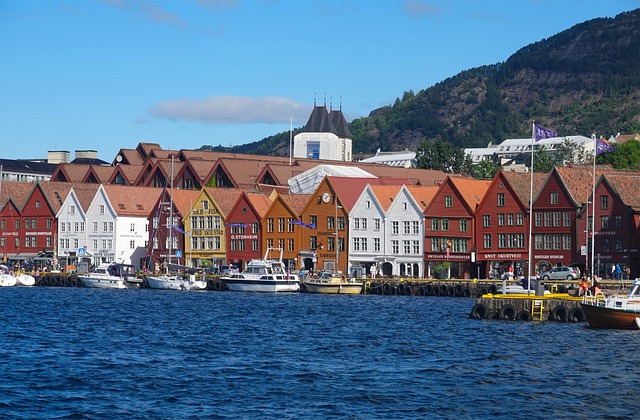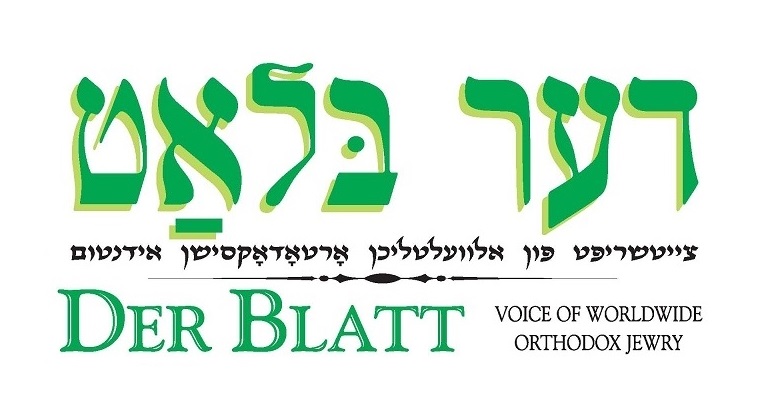
Deutschland – das Weihnachtsland
6. Dezember 2021
Die „Deutsche Brücke“ in Bergen
23. März 2022They still exist: Yiddish-language newspapers and magazines throughout the world

Yiddish is alive! Berlin’s Komischen Oper is preparing a Yiddish-language operetta, and actors from New York’s Folksbiene/Volksbühne have celebrated the 100th anniversary of their Yiddish theater in 2015. A young Canadian recently directed a completely Yiddish-language feature film.
Another sign of the lively culture is the existence of over 40 Yiddish-language print media sources globally, which target up to two million people who still understand and sometimes speak this idiomatic language, simply referred to in the past as “Jewish German”. The Yiddish press began in the 17th century. After the first newspaper in the world, the German-language “Relation”, was printed in 1605 in Strasbourg, more and more Jews in Central and Eastern Europe hoped for a medium in their mother tongue. In 1686, the “Dienstagische und Freitagische Kuranten” was founded in Amsterdam. It was the first newspaper-like publication in Yiddish. At the time, Amsterdam was the center of Hebrew and Yiddish typography. The “Kuranten” only appeared for a few months, and almost a century passed before the next Jewish “Mameloschn” newspapers were created. In 1771, “Dyhernfurther Privilegierte Zeitung” saw the light of day in the Breslau area. It was the first Yiddish-language newspaper in the German-speaking world. A veritable wave of Yiddish-language newspaper and magazine establishment began in the 19th century – especially in Eastern Europe.
Numerous publications were founded in the U.S.A., as well, because hundreds of thousands of Eastern European Jews immigrated due to poverty. Between 1885 and 1914, over 150 Yiddish-language publications appeared in New York alone, among them the “Forverts/Vorwärts”. The first edition came out in 1897, and the news outlet still exists today as the oldest still running Yiddish-language newspaper. The role of Yiddish in America has changed for two reasons: more Jews now speak English, and the founding of Israel reanimated Hebrew as an everyday language. Today there are many people who understand Yiddish passively. In day-to-day life, the erstwhile Jewish lingua franca of Central and Eastern Europe is now used almost only by the ultra-orthodox. They, however, do not read the liberal, secular “Forward/Vorwärts”: instead, they have certain New York-based newspapers like “Der Blatt/Das Blatt”, “Der Yid/Der Jude” and “Di Tzeitung/Die Zeitung”. . . .
German version of this article
This article from the press agency IMH was published first by the “German World” magazine in the USA. The complete and updated article can be found in the new specialist publication „Jewish Media Worldwide in High German and Yiddish“.
The author Björn Akstinat is the founder of the Internationale Medienhilfe (IMH) organization, the worldwide network of media in German and Yiddish language abroad.
Here you find the only list on the internet with Yiddish-speaking media worldwide: www.medienhilfe.org